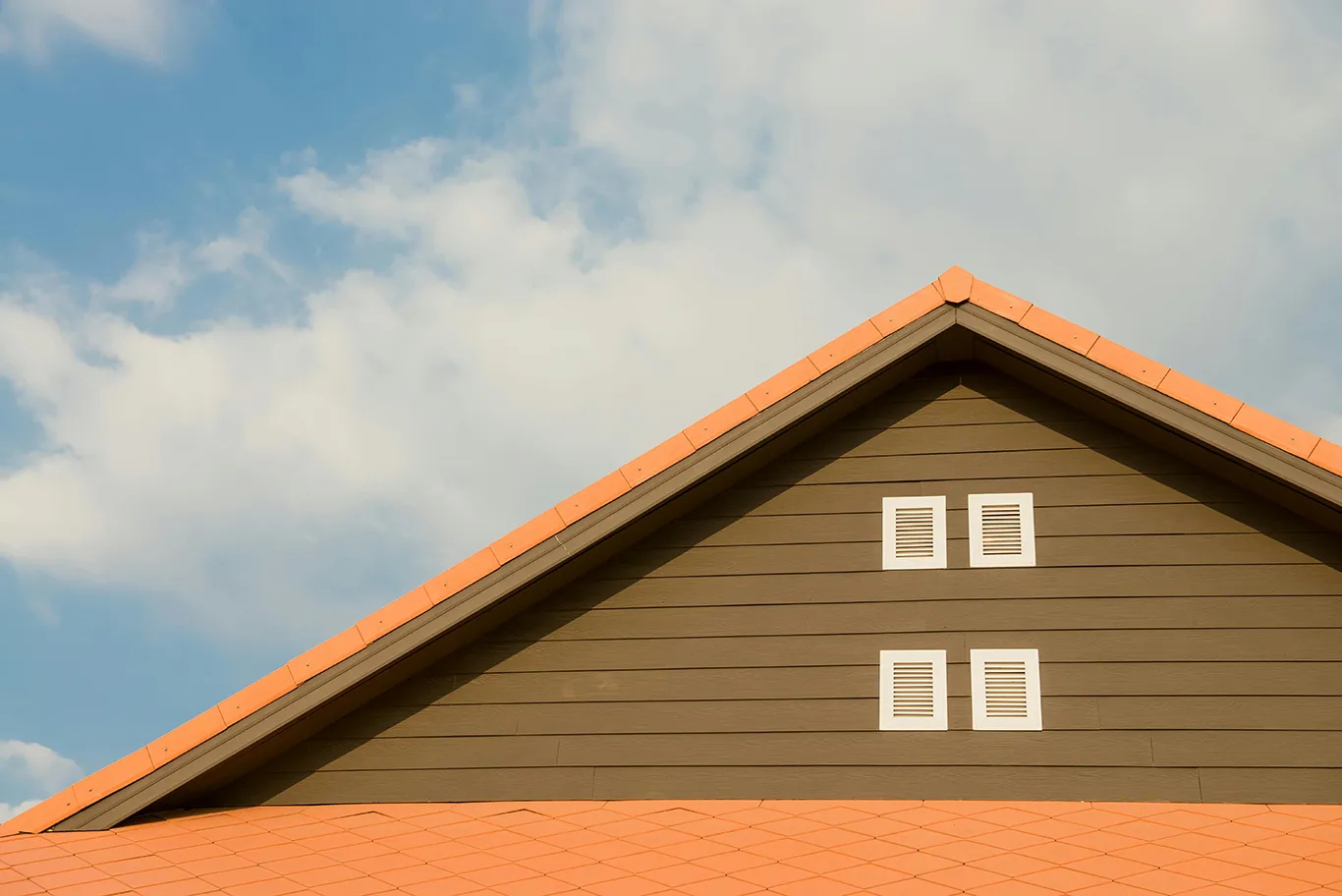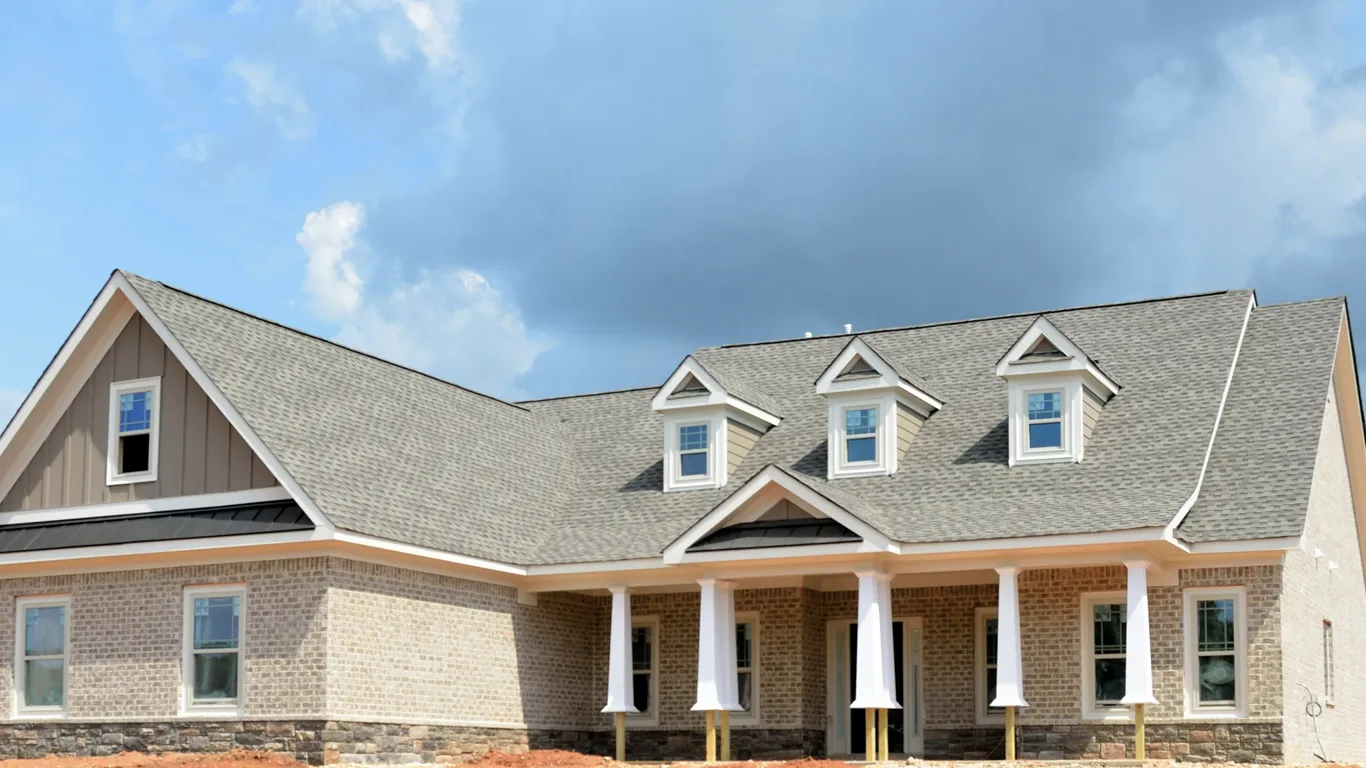How to Measure Your Roof Square Footage

Before using our Roofing Cost Calculator, you’ll need a rough idea of your roof’s size.
Follow these steps to get started:
1. Walk the Perimeter
Start by walking around your home and measuring the length and width of each section of your roof from the ground. Use a tape measure or a laser distance measurer for better accuracy.
2. Check the Roof Deck (If Accessible)
If you do plan to get up on the roof, always check for loose granules on the roof deck before walking on it. Granules can make the surface slippery and unsafe. If you're unsure, it’s best to stay off the roof and leave it to the pros.
3. Look for Visible Damage
As you walk around, check for obvious signs of roof wear, like sagging areas, cracked shingles, or dry rot near the edges. Keep in mind that these can all affect the total cost of the project.
4. Count Roof Layers
If it’s visible at the edge, try to determine if your roof has one or two layers of shingles. A second layer can increase labor costs due to additional removal time and disposal fees.
5. Estimate Pitch
The pitch (slope) of your roof affects both the difficulty of installation and the amount of material needed. A standard pitch is around 4:12 (a 4-inch rise for every 12 inches of horizontal run). If your roof looks significantly steeper, that may increase installation costs.
6. Measure All Roof Features
For the most accurate estimate, you’ll want to measure more than just the main sections of your roof. Be sure to account for:
- Ridge – the top line where two roof planes meet
- Valleys – where two planes slope toward each other
- Eaves – the roof edge that overhangs the exterior wall
- Rakes – sloped edges along the gable
- Hips – external angles formed where two slopes meet
- Pitch Changes – areas where the slope changes (e.g., dormers)
- Step Flashing – found where the roof meets walls or chimneys
- Ventilation Features – like ridge vents or O’Hagin vents
- Pipe Jacks – small pipes protruding from the roof for plumbing or HVAC

Each of these components adds to the total material needs and complexity of the project, especially valleys and flashing areas, which are often more labor-intensive.
7. Measure Each Roof Section Individually
If your home has multiple sections (like a garage, porch, or addition), measure each one separately.
Multiply the length x width of each section to get the square footage. Then, combine all those numbers to get your total roof area.
📌 Pro Tip: Add 10–15% to your total square footage to account for material waste and overlapping.
Ready to Estimate Your Roofing Costs?
Now that you have your square footage, head to our Roofing Cost Calculator to get a rough estimate based on the size of your roof and the type of material you're considering.
Let Our Family Help Yours™
We'll show you why our roofing is the best decision for all your roofing needs — we can even come out to your home with our mobile showroom. Tell us about your current roofing project, and we'll be in touch shortly.

Promotions
Explore current promotions to help you save on roof repairs and replacement services
Financing
Explore available financing and payment options for your roof repair or replacement.
Reviews
We're trusted by 1000s of homeowners, take a look at some of our recent homeowner reviews.
Roofing Projects
Take a look at some of our recent roofing projects throughout the various cities that we service.


.png)


.webp)